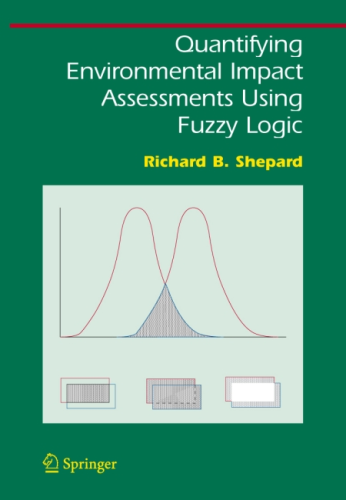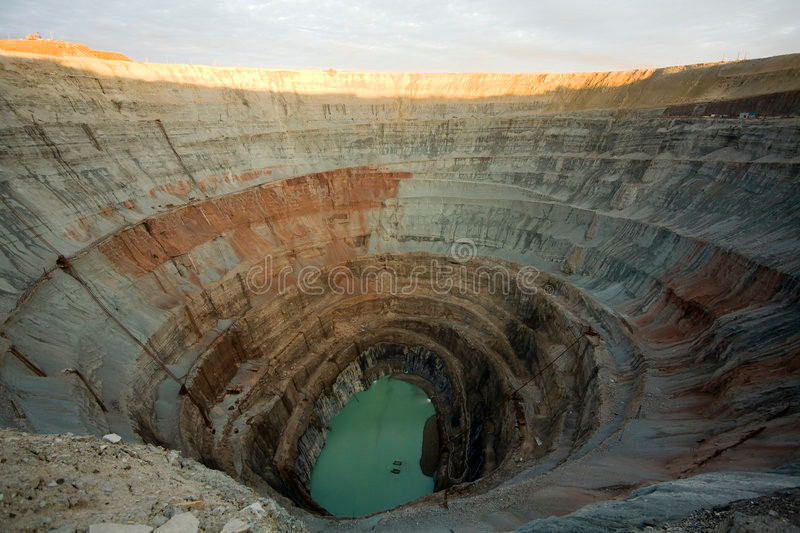| Categories: |
|---|
Estimated reading time: 1 minutes
Toxic metals and organics commonly occur in very low concentrations in water, sediments, soils, and rocks. These concentrations are so low they cannot be quantified by analytical chemists and today’s instruments. Censored data are commonly mis-analyzed with potential costly, unnecessary, or harmful results. EPA regulations and guidelines often tell data analysts to ignore (drop) censored data or substitute an arbitrary value. The results of dropping or substituting arbitrary values are wrong. Policies and regulations based on these wrong analyses can result in environmental and economic harm.
Statistical methods to correctly analyze data sets containing censored values are readily available. These methods are used to describe and summarize data sets, compare 2 or more temporal or spatial data sets, evaluate associations (correlations), quantify cause and effect (regression), and determine trends over time. Correctly analyzed, the results are technically sound and legally defensible. There is no reason not to apply these statistical models to all data types: binary, ordinal, or measured concentrations.
Understanding how to identify valid from invalid geochemical data analyses is explained in non-technical language (no math or environmental science involved) in the white paper, “Censored Geochemical Data Analysis for Non- Scientists” available for downloading and reading from the downloads section of this web site.
This work was originally published on the Applied Ecosystem Services, LLC web site at https://www.appl-ecosys.com/blog/nondetected-chemical-analysis/
It is offered under the terms of the Creative Commons Attribution-NonCommercial-NoDerivatives 4.0 International license. In short, you may copy and redistribute the material in any medium or format as long as you credit Dr. Richard Shepard as the author. You may not use the material for commercial purposes, and you may not distribute modified versions.


